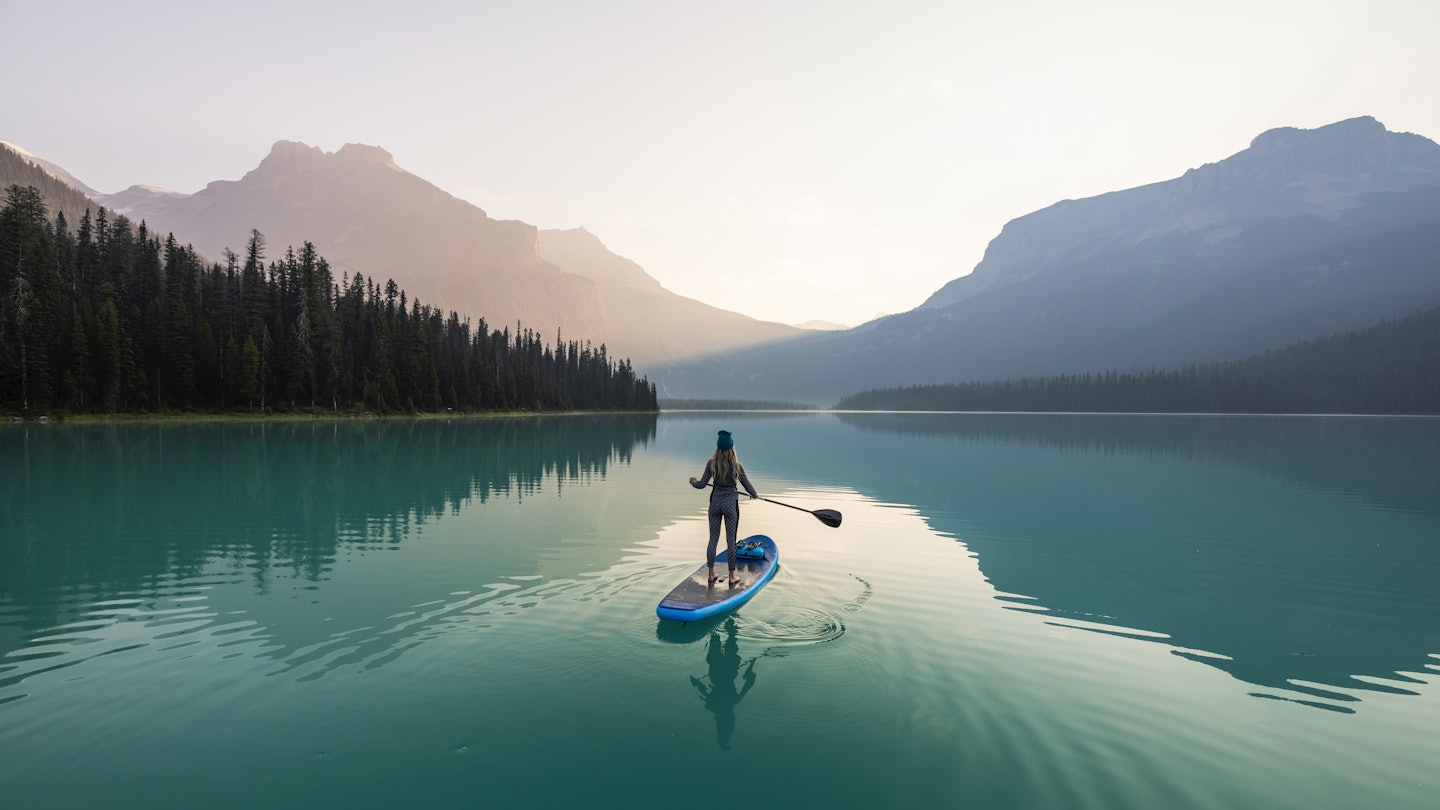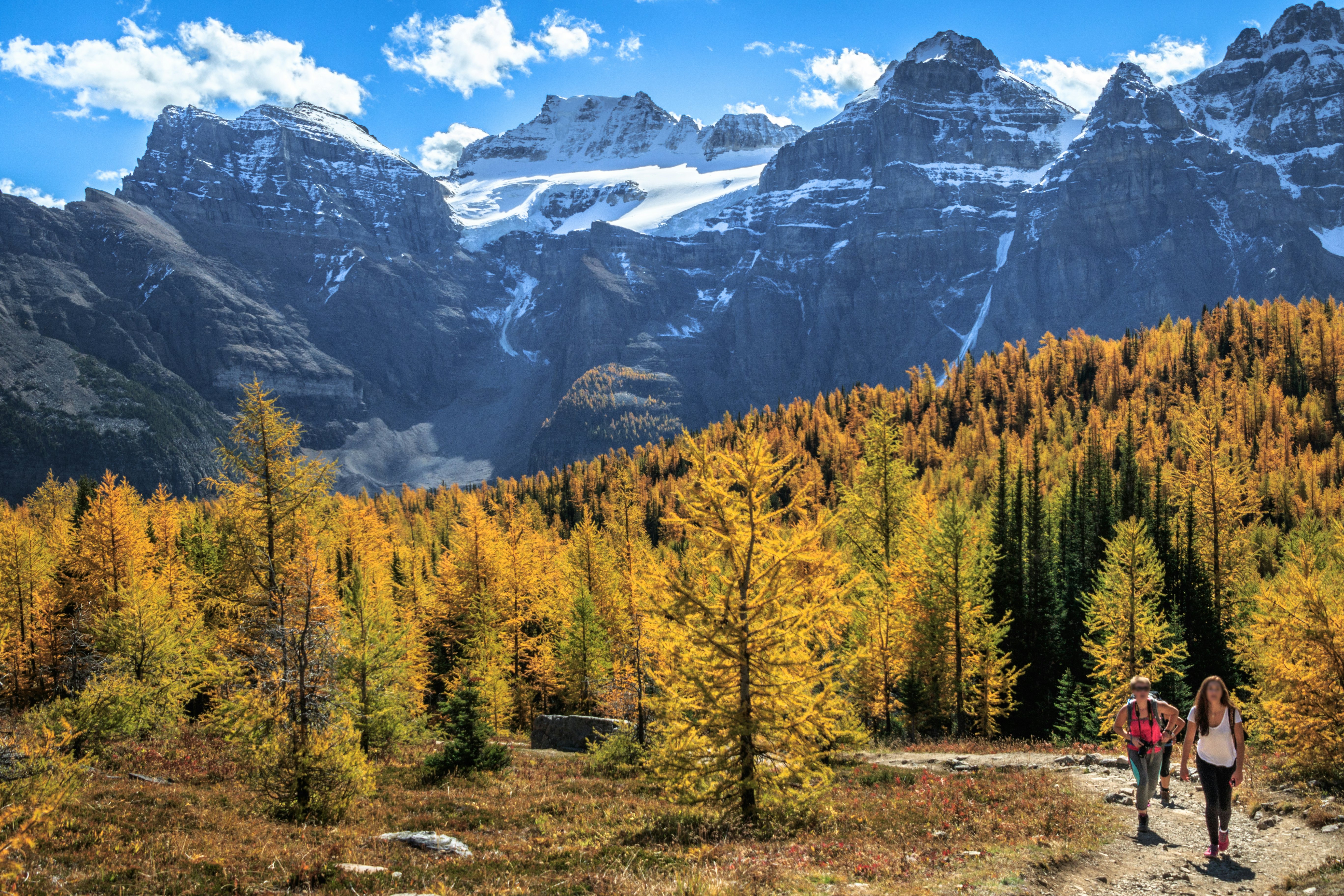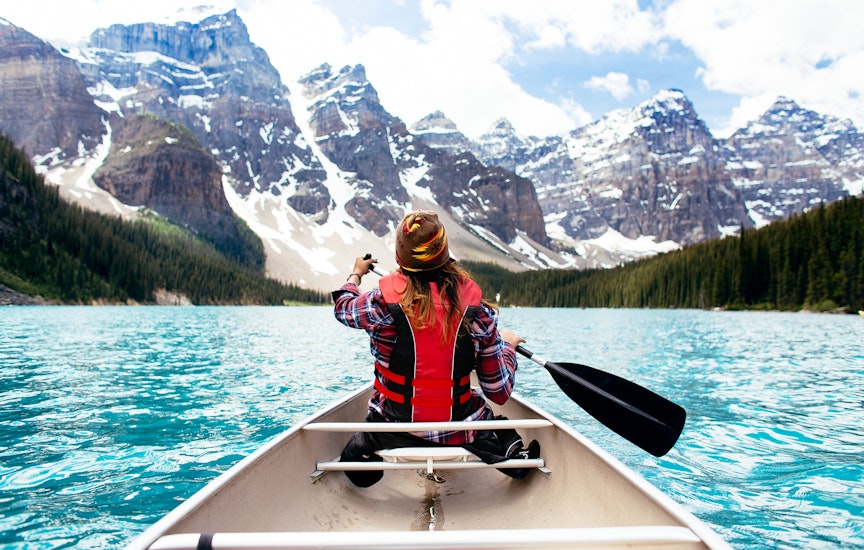
The 30 best countries, cities and regions to visit in 2025

The summer months showcase the best of Canada – like Yoho National Park in British Columbia © Colton Stiffler / Getty Images
Stretching across six time zones and covering a land mass six times the size of Mexico, Canada defies easy categorization.
The weather is largely dependent on the time of year, location, altitude…and a little bit of luck. When Iqaluit is suffering chilly Arctic breezes, Vancouver residents might be enjoying a heat wave. When Halifax is doused in warm rain, Whitehorse – 4000 miles (6400km) away – may be calling up the snowplows. With its famous Chinook winds, Calgary can experience four seasons in one day. Pack for all eventualities – even in summer – then hope for the best.
In terms of outdoor activities, Canada is a two-season country. Summer, when the weather is at its best countrywide, is prime time for hiking, biking, surfing and kayaking. Winter is a bonanza for skiing and snow sports, especially in British Columbia and Québec, where you’ll find the lion’s share of the ski resorts.
The spring and fall shoulder seasons – namely April to May (outside Easter), and October to November – are a good time to visit the cities, when prices are more reasonable.
Here’s more of what you need to know as you consider the best time to visit the majestic nation of Canada.

Long days, warm weather, extended opening times and an abundance of summer festivities make June, July and August the three best months to visit Canada. You’ll have maximum options in volume and variety of things to do, and just about everything will be open.
You can see the midnight sun in Inuvik in the Northwest Territories, roam the high alpine slopes of British Columbia’s mountains without snowshoes and paddle in the calm, ice-free lakes of Ontario. Late June and early July is a superb time to visit the far north, where it rarely gets dark and the temperatures are – dare we say – pleasant, even in the Arctic. All over Canada, seasonal snow is usually gone by late June, although it can sometimes persist at higher altitudes until mid-July.

The peak season in Canada’s national parks is generally Victoria Day (the penultimate Monday in May) to Labor Day (the first Monday in September). This is also when the bulk of the country’s arts and cultural festivals take place, many of them in cities like Montréal (with jazz every June), Edmonton (Fringe every August) and Toronto (film every September).
Summer does come with a few caveats, however: chief among them, elevated prices and heavy crowds. Book rooms well in advance, develop a tolerance for lines and budget accordingly. While forest fires can happen any time between May and October, August is the most hazardous month. Mosquitoes are another nuisance. Peak bug-biting season varies by region and altitude, though late July and early August tend to be the itchiest times. Pack repellent.
Although the weather can stay warm and dry-ish by early spring, it can take until late May or even early June for the last stubborn patches of snow to shift at higher altitudes. Don’t plan any challenging alpine hikes in places like Banff or Whistler until mid-June. Mountain lakes de-ice around late May, allowing for kayaking and other boating activities.
While rain and cool temperatures can persist into spring, the risk of forest fires and heavy smoke is slightly lower at this time.

Early September is an excellent time for hiking in Canada, especially in many of the mountain parks. In the south and closer to the coast, the weather usually remains relatively mild into early fall, with snow rare before October. Crowds and prices tend to fall away after the Labor Day holiday, when the season can throw up some unheralded natural surprises – like the golden larch trees of Banff (best in early October). The only real disadvantages of this late summer–early fall window are the progressively shorter days and the bears who vociferously hunt for food in preparation for hibernation.
In an ever-changing global climate, the start of Canada’s ski season is never written in stone. The last week in November is the most common opening date for bigger resorts like Whistler. Yet for the best conditions and snowpack, most people wait until after Christmas.
The length of the ski season is highly variable and depends on location and altitude. Even Banff National Park’s three different ski areas log considerable variations, with Norquay usually closing mid-April, Lake Louise in early May and Banff Sunshine a week or so later.
If you can bear the cold temperatures, northern lights viewing is best enjoyed when the nights are longest in the winter. If you can’t stand the cold, come in September.

Late March to early May and mid-October to late November are relatively slow periods for outdoor activities, when parks and resorts go through a transition as they shift between winter and summer infrastructures. Some facilities (like gondolas, trails and lodges) close temporarily during these periods, as ski runs are converted into bike parks and mountain trails are beset by unstable slushy snow and potentially dangerous “snow bridges.” If you can work around these limitations, however, room rates are up to 30% cheaper at these times.
Shoulder season is also a great time to consider a city break, with plenty of indoor options to ponder if the weather turns ugly.
Several spring and fall festivals are worth planning your trip around. Jasper in Alberta has an astronomically themed Dark Sky Festival in October, while Stratford in southwest Ontario hosts a prestigious Shakespeare festival in April. Tofino on Vancouver Island has developed into a fabulous storm-watching destination in recent years, with the wild Pacific tempests rolling in from November through February.

Tackle a few of Canada’s best hikes
How to get around this continent-size country
What you need to know before you set off
Consider Canada’s stupendous national parks
Plan with a local
